Nicholas Harding is one of Australia’s most celebrated artists. He has been awarded the Archibald prize, the Archibald People’s Choice award, the Kilgour prize and the Dobell drawing prize amongst others. His work crosses portraiture, landscape and still life.
Harding’s oil paintings are created with a glorious impasto technique, he uses gouache to capture the lifesize portraits of many a famous sitter and he is renowned for his magnificent ink drawings.
He has had over 30 (often sell-out) solo shows, major survey shows of his work have been held at the S H Ervin Gallery and the National Portrait Gallery and his work is in the collections of many public institutions including the Art Gallery of New South Wales, the National Gallery of Australia, the National Portrait Gallery, and in private and corporate collections around the world.
One of the major impacts on his work was coming to Australia after spending the first 8 years of his life in England and, in particular, his observation of the different light and how its glare created contrasts which were so different to the muted tones of England. It was his time in the bush and the beaches as a child which caused him later to move further from the English influence to make Australia the subject of his work.
In this episode we talk about his influences, painting from memory, the strengths and weaknesses of using photographic references, failing in order to succeed, making art during the dark times and much more. To hear the episode press ‘play’ under the feature photo above or listen however you get your podcasts.
See short video of Harding in his studio below.
Current Upcoming shows
- Destination Sydney Re-Imagined (together with work by Wendy Sharpe and Jeffrey Smart) at S H Ervin Gallery until 17 March 2019
- Solo show at Philip Bacon Galleries, Brisbane, 20 August – 14 September 2019
Show Notes
- Nicholas Harding
- Nicholas Harding on Instagram
- Nicholas Harding at Olsen Gallery
- Nicholas Harding at Philip Bacon Galleries
- Nicholas Harding at Sophie Gannon Gallery
- Simone de Beauvoir
- Memento mori
- Willem De Kooning
- Mark Rothko
- Howard Hodgkin
- JMW Turner
- Vincent van Gogh
- Henri de Toulouse Lautrec
- Russell Drysdale
- Brett Whiteley
- Lloyd Rees
- Arthur Boyd
- Sidney Nolan
- Francis Bacon
- Chuck Close
- Malcolm Morley
- Frank Auerbach
- Leon Kossoff
- Walter Sickert
- John Bell
- Robert Drewe
- Catherine Hunter
- Anna Volska
- John Olsen
- John Singer Sargent
- Hugo Weaving
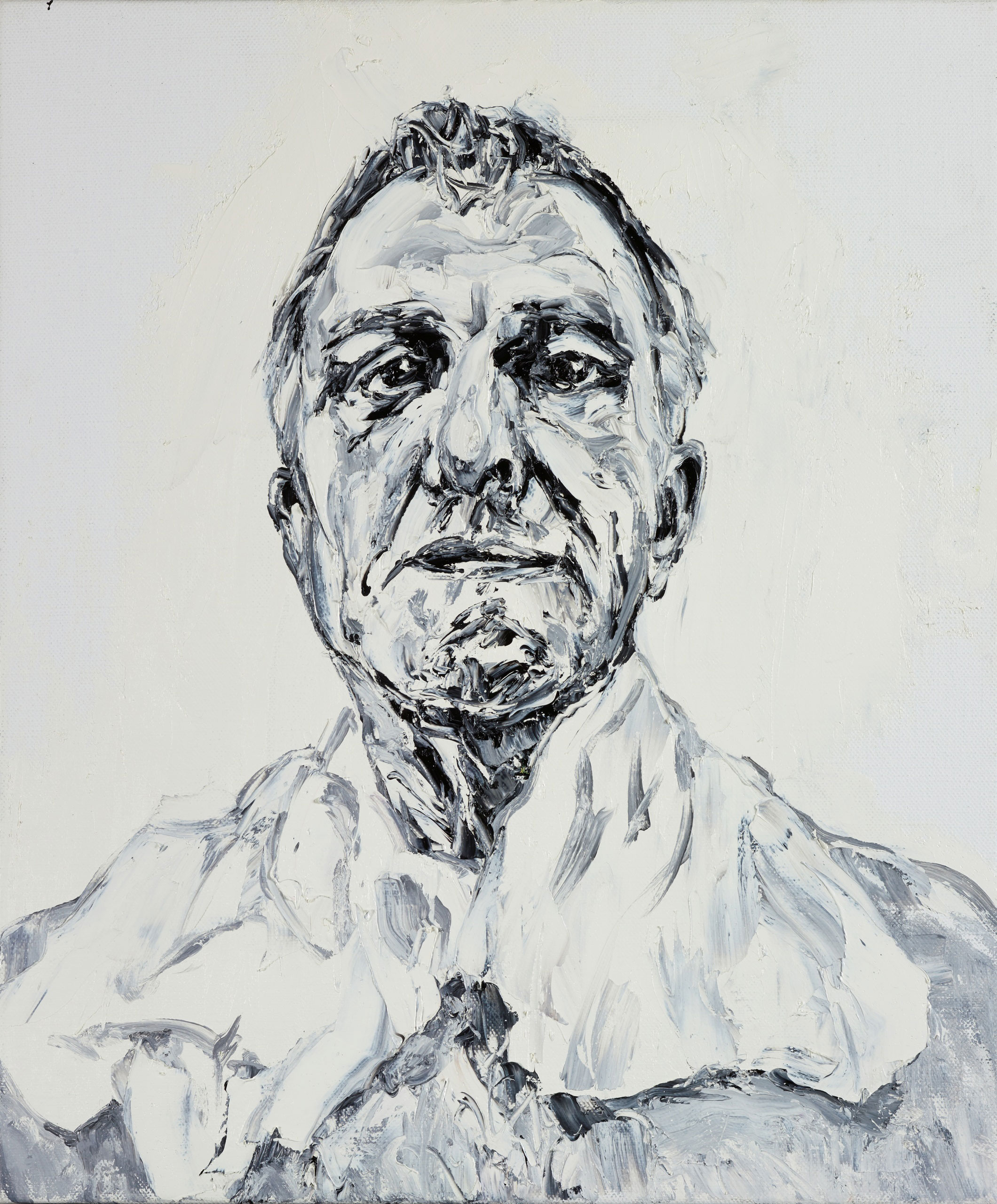
‘Treatment, day 49, (sorbolene soak)’, 2018, (finalist Archibald prize 2018)
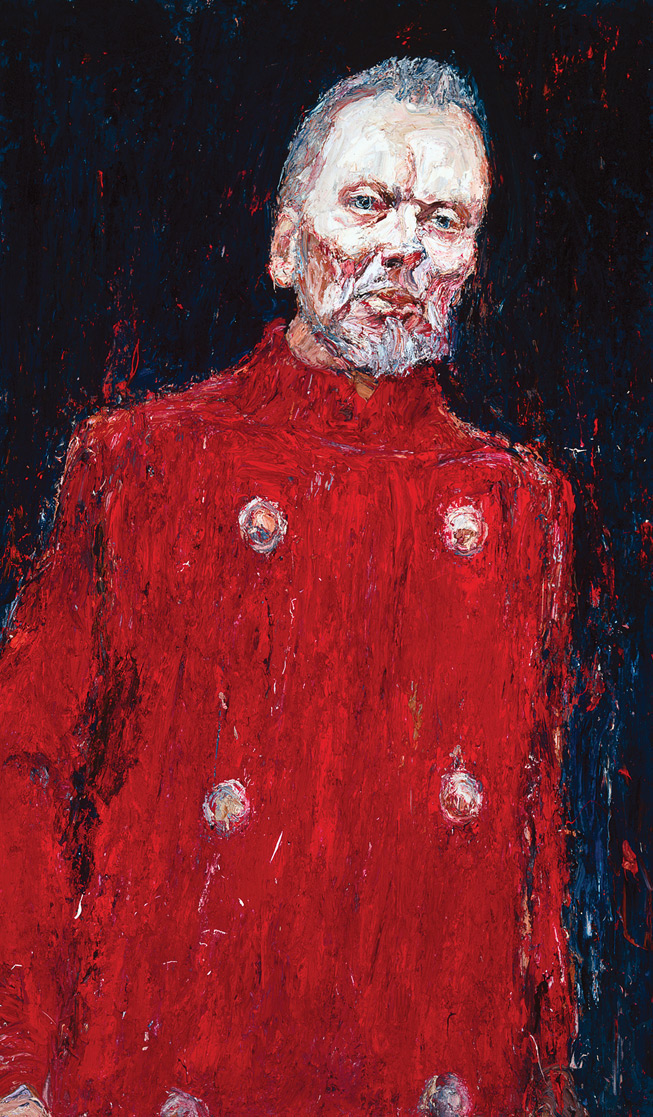
‘John Bell as King Lear’, 2001, oil on canvas on board, 177 x 105cm (winner Archibald Prize 2001)
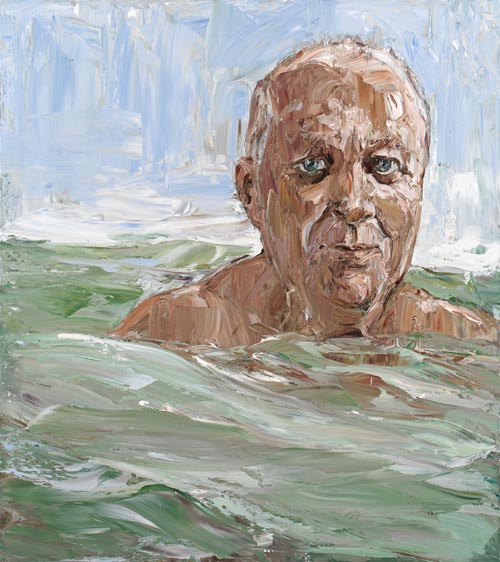
‘Robert Drewe (in the swell)’ 2006, oil on linen, 138 x 123cm (finalist Archibald Prize 2006)
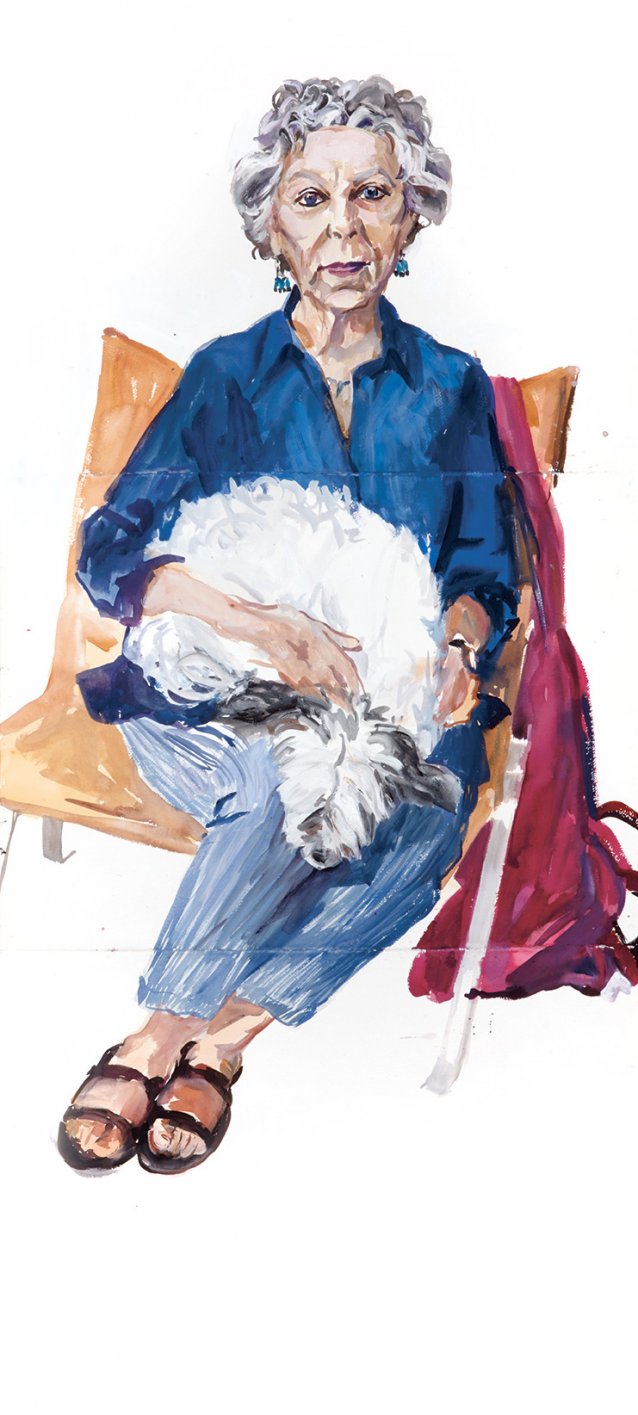
‘Anna Volska and Georgia’, 2015, gouache and watercolour on paper, 168 x 76cm

‘John Olsen, AO, OBE’, 2017, oil on linen, 198 x 138cm (finalist, Archibald prize, 2017)
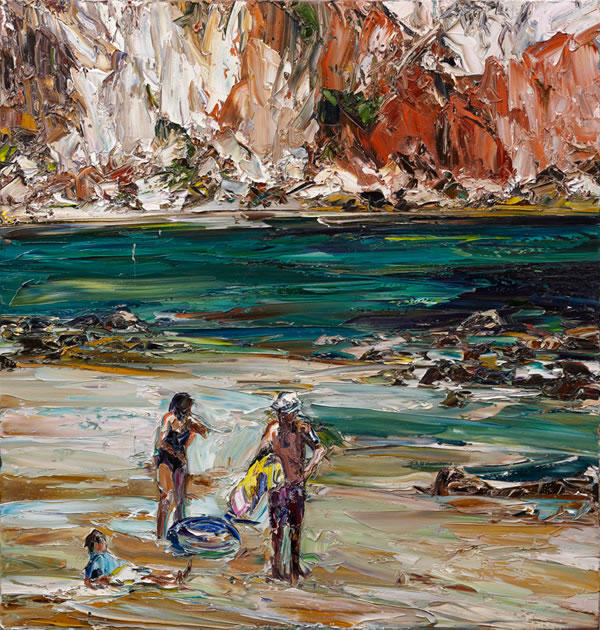
‘Estuary figures (swim-ring, towel and hat) 2013, oil on Belgian linen, 112 x 107cm
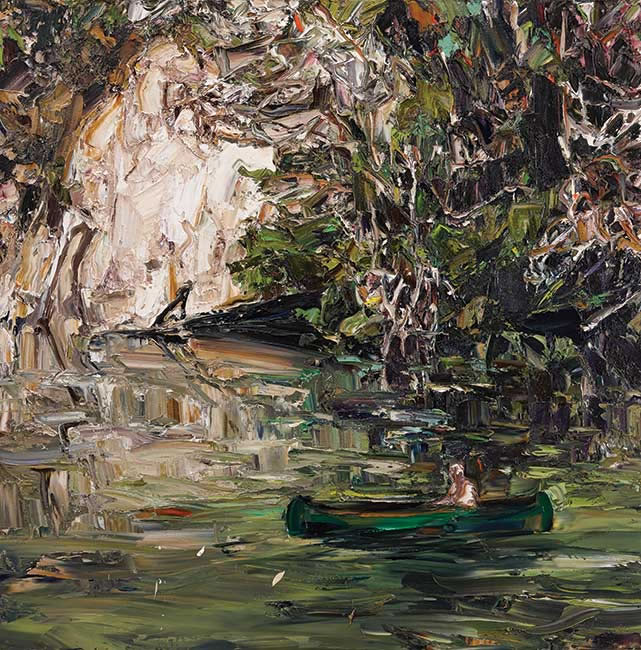
‘Lagoon (canoe)’ 2011 – 2012, oil on Belgian linen, 138 x 138cm
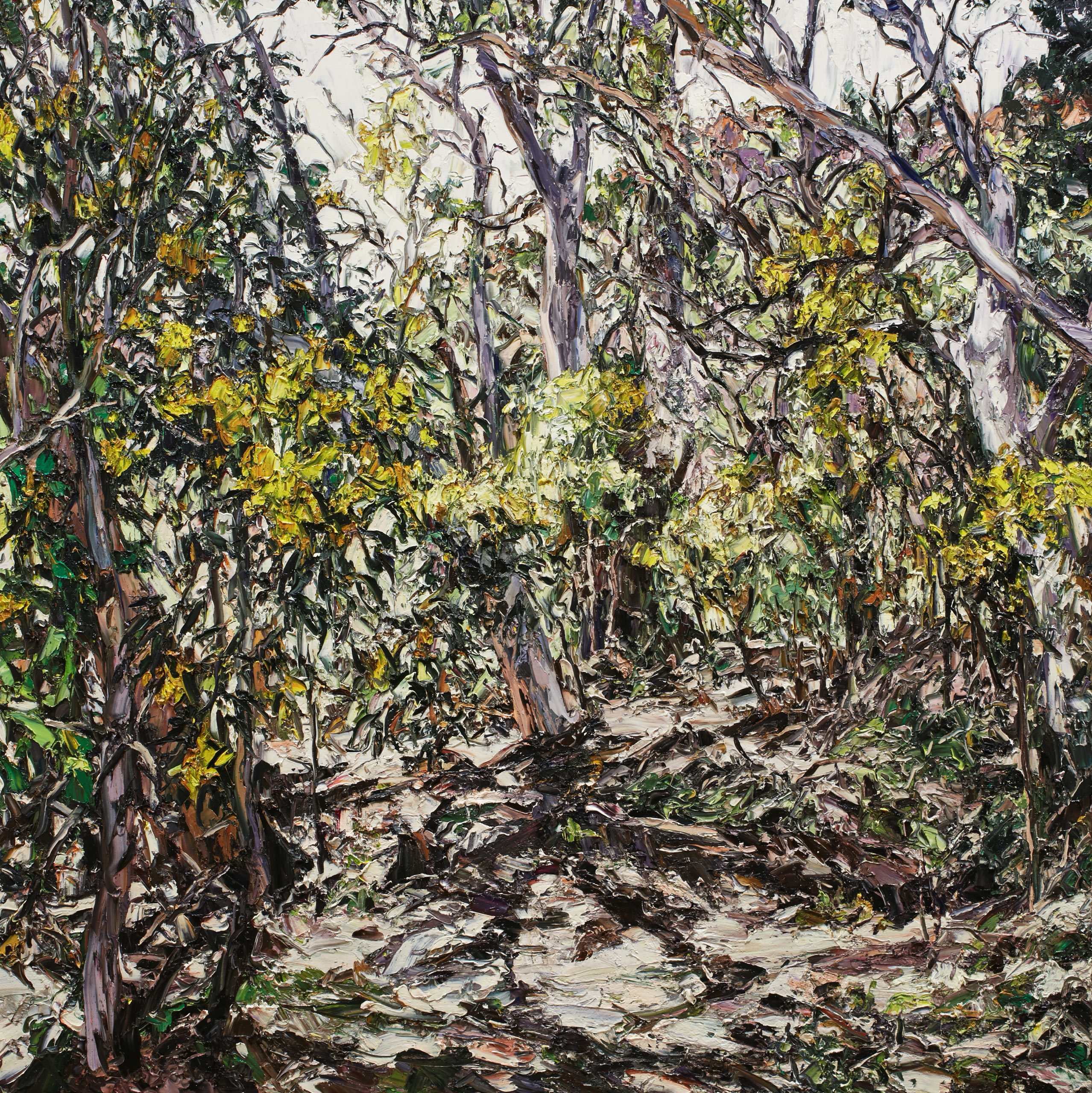
‘Wilpena wattle’, 2016, oil on linen, 172.5 x 172.5 cm (finalist Wynne prize 2016)
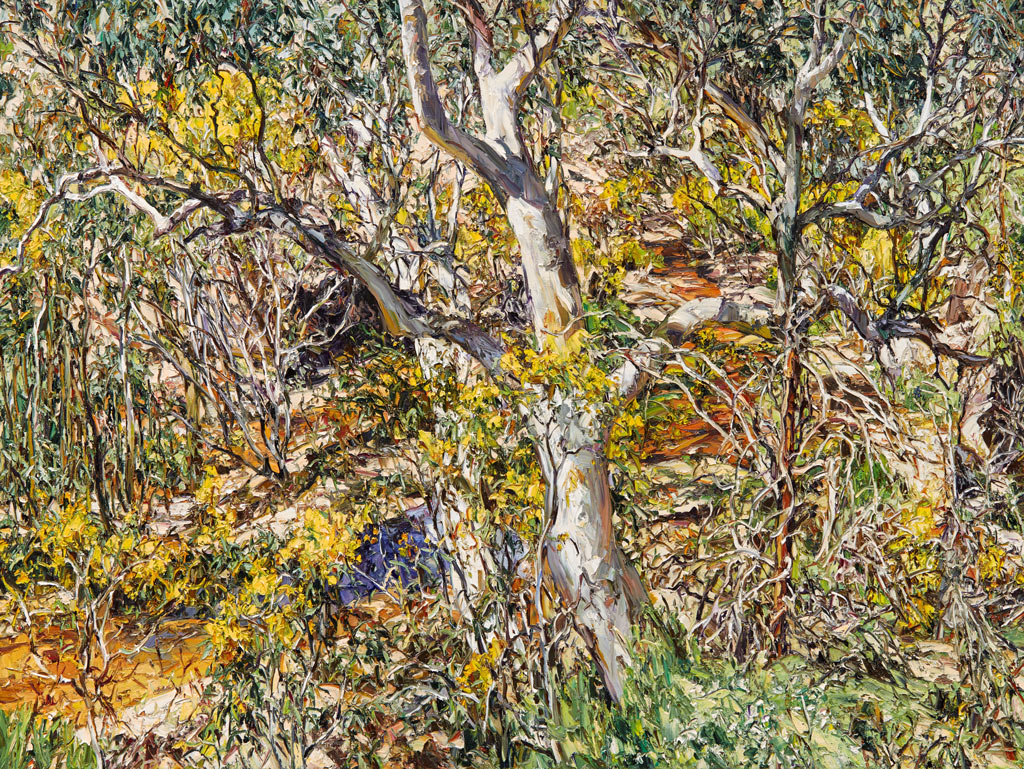
‘Wilpena eucalypt and wattle’, 2017, oil on linen, 183 x 245cm (finalist Wynne prize 2017)
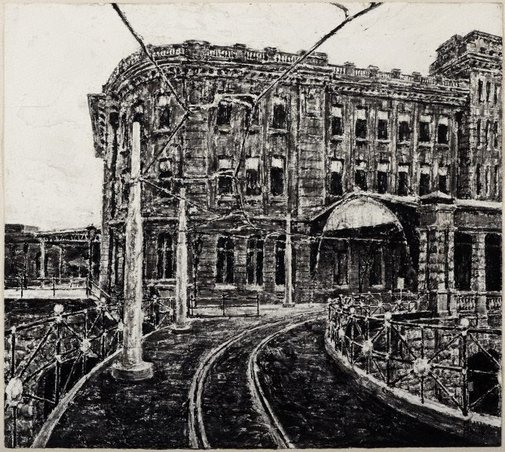
‘Eddy Avenue 3’ , 2001, ink on paper, 132 x 149cm. (Winner Dobell Prize for Drawing, collection of the Art Gallery of NSW)
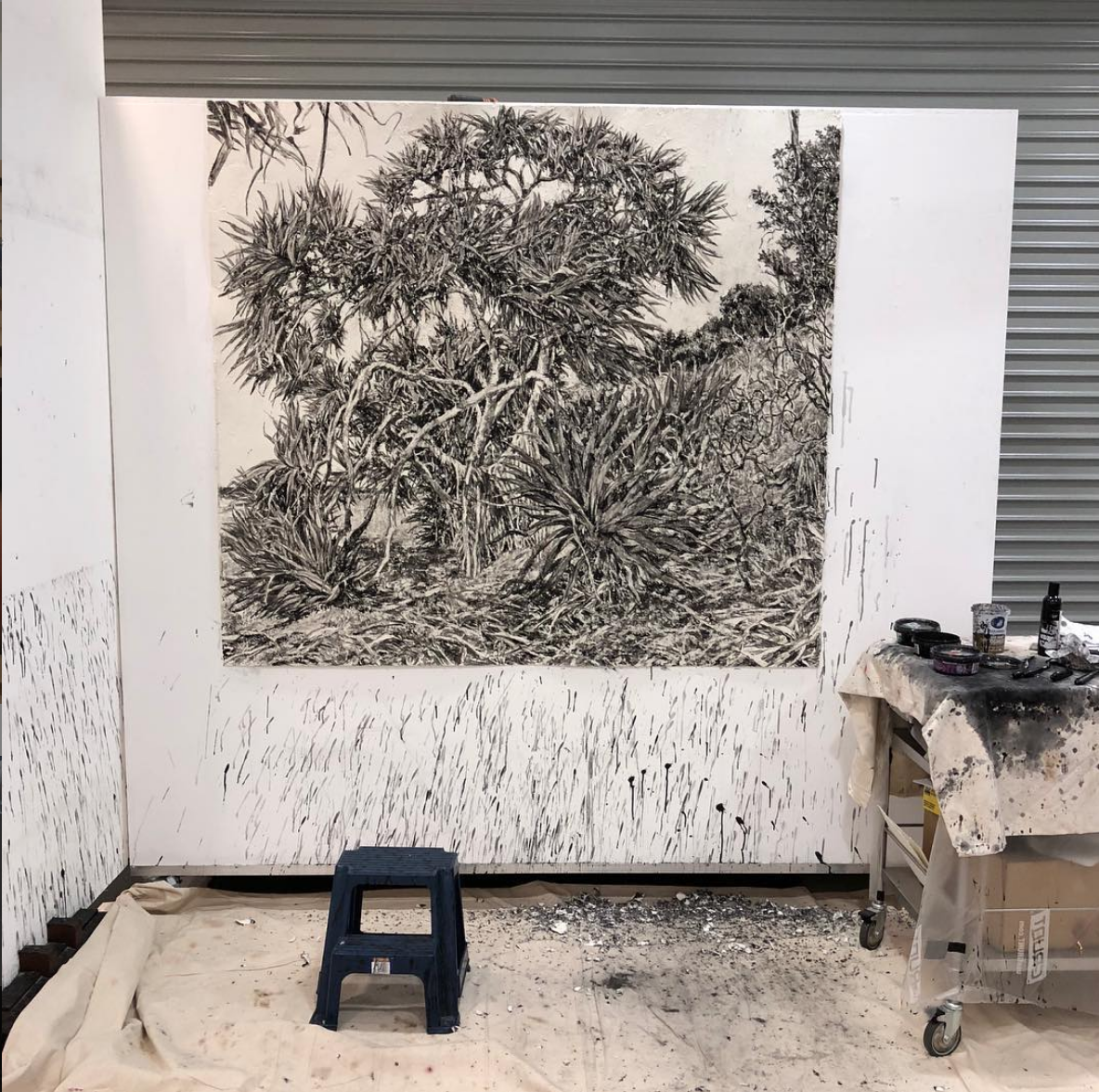
‘Bunjalung Pandanus 2018’ ink on paper, in the studio (Instagram @nicholas0harding)

Drawings, paintings and etchings from theatre rehearsals and performances (Instagram @nicholas0harding)

Ink drawings created during period of chemotherapy treatment (instagram @nicholas0harding)
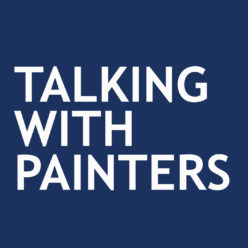
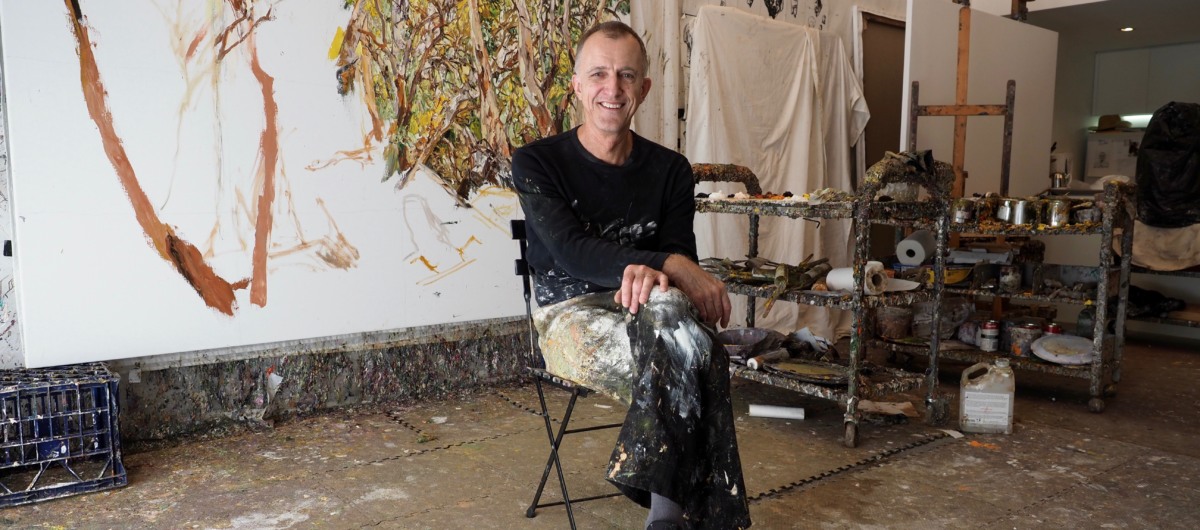

I think this was one of the most anticipated talks to date – at least for me. I’m listening to this while frantically painting, and it’s very energising. I’ve always
admired Nicholas’ bold, muscular, style. It’s interesting to note how many contemporary artists are Hanna Barbera alumni, including Robert Malherbe, Richard Zaloudek, and myself included. But the most pleasing thing is to hear Nicholas speak, after everything he’s recently endured, and it’s such a relief knowing his treatment was successful. Thanks Maria and Nicholas. This one was special.
Thanks for that great comment Nick x
Really enjoyed your interview with Nicholas. I would love to know more about his technique for painting the recent Wilpena series, ie he uses photographs, but concentrates on painting small sections of the canvas. I wonder, does he cut the photograph up into bits, and focus on that bit, or does he fold the photograph? How big is the photograph, what size is it printed? etc. I am interested because I have sort of naturally gravitated to a similar focus on photographs and abstraction. Is there some way I can find out more? Thanks Maria, I have listened to many of your interviews, over the last six months, since I finally got the guts to plunge into podcasts. I have enjoyed all the interviews I have listened to. Also, I am now making my own podcasts and having fun with that, if anyone is interested you can listen on jennyhickinbotham.com. thanks again. jen
Thanks for listening Jenny. I included everything Nicholas told me about his process – I’m always so grateful they tell me any of it at all! I’ve found there’s a lot on YouTube about various processes and that’s where I often go as the first port of call. Good luck with your painting and with your own podcast!